Originally Published June 16th, 2020
If you have thin or fine hair, you might be wondering if braids will work for you. We’ve all heard horror stories about tight braids causing hair loss. And if you already have fine or thin hair, the last thing you want is more hair loss. The good news? Box braids can work for your thin hair as long as you follow some guidelines and styling tips.
Keep reading to find out the best box braids for thin hair, and how Toppik Hair Building Fibers can make thin edges look fuller.
Traction Alopecia:
How Tight Braids Can Cause Hair Loss
Unfortunately, hair loss from tight box braids is all too common, especially for African American women. In fact, the American Academy of Dermatology reports that more than one-third of African American women will experience traction alopecia at some point in their lives.
Traction alopecia is defined as hair loss caused by pulling on the hair. This type of hair loss can be caused by too-tight ponytails, buns, and braids. Symptoms of traction alopecia begin as small bumps on the scalp. As the condition progresses, hair begins to fall out and break off. The hairlines along the front or sides of the scalp (or “edges”) are usually most affected. In the worst cases, scarring can occur on the scalp and the hairline actually can recede.
Why Box Braids Work for Thin Hair
The best thing to do if you notice signs of traction alopecia is to take a break from braiding your hair. However, you can wear gentler braid styles such as box braids as long as you’re very careful about how they’re installed and how you care for them after installation.
Box braids are a protective hairstyle in which natural hair is separated into box-shaped sections. Then extensions are braided into the natural hair. This allows you to add length and thickness to your hair, which is especially helpful if you have thin or fine hair. And since installing braids means you don’t have to style your hair everyday, you’re allowing your natural hair to grow with minimal damage.
Depending on how your stylist parts your hair for the braids, they can also help disguise areas of traction alopecia.
How to Get Box Braids
1. Do Your Research
First, you need to find a stylist that has plenty of experience braiding thin hair. Ask your friends for recommendations or look online for a stylist in your area who specializes in braids. Braiding thin hair requires a specific technique to prevent unnecessary breakage and hair loss.
2. Purchase & Pretreat Your Extensions
When shopping for extensions for your box braids, choose a hair texture that is lightweight enough for your hair type. Too-heavy extensions can pull on fine or thin hair, pulling it at the root and causing damage.
If you purchase synthetic hair extensions, watch out for allergies. Synthetic hair has a coating that can make your scalp itchy, and this inflammation can lead to further hair loss. To remove the coating, fill a bowl with warm water and one cup of apple cider vinegar. Place the synthetic hair in the bowl for 20 minutes. Once a white film appears, rinse the hair in clean, warm water. Squeeze excess moisture out of the hair and hang to dry.
3. Deep Condition Your Natural Hair
Before going in for your braiding appointment, deep condition your natural hair to make sure it’s as healthy as possible.
You can use a store-bought conditioning mask, or make your own. Mix one part coconut oil with one part honey. Apply to hair and allow to sit for 30 minutes. Then wash it out with a gentle shampoo like Toppik Hair Building Shampoo.
4. Choose the Right Braids
At your braid installation appointment, tell your hairstylist that you want small or medium size box braids. These will be lighter than thick braids and will place less tension on your natural hair.
Also, ask your stylist to feather your braids. Feathered braids are thick at the roots and taper down to thin ends. This removes more weight from your braids, which means they’ll be less likely to cause traction alopecia. Plus, lighter braids are more versatile and don’t put as much strain on your neck, shoulders, and back.
5. Don't Braid Too Tight!
Make sure your stylist isn’t braiding your hair too tightly. Your braids should feel secure, but they shouldn’t be so tight that it’s painful to move your head or lift the braids.
6. Rebraid the Edges
Plan to have your edges redone every three to four weeks, depending on how quickly your hair grows. The hair at our edges tends to have a finer texture, making it more prone to breakage. Once your edges start to grow out, the extension won’t be as secure. The extension is more at risk of being pulled out, taking the hair follicle with it.
Although rebraiding your edges every few weeks is certainly a time commitment, it’s critical to preventing hair loss from the braids.
7. Fill in as Needed
Use Toppik Hair Building Fibers to fill in sparse areas between the braids or to make your edges look thicker. Just apply a small amount with the Spray Applicator, pat it into place, and apply FiberHold Spray for extra shine and extra hold. Toppik Fibers will last until you wash your hair again. So all you need is a daily touch-up to make them last.
Other Braids for Thin Hair
Box braids not your style? No worries. Keep reading for the best braids for thin hair!
Braid Rings
Piercings are no longer just for your skin! We are seeing rings and other jewelry incorporated into French braids and cornrows. Just make sure you remove any hair jewelry before bed to prevent the rings from causing damage to your hair in your sleep.
French Braid + Tuck
An oldie but a goodie! We love this French braid style for short hair. All you need are a few bobby pins.
Here’s how to do it:
- Take a small section of hair from above your forehead. It should be about the width of your face and about two inches back. Use a couple of bobby pins to secure this section to the top of your head.
- Take two small pieces of hair from on either side of your face, just below the pinned section, and pull that back to behind the pinned section. Divide into three sections and braid once.
- Begin incorporating small pieces of hair into the braid, alternating each side of the head.
- Continue adding sections and braiding hair until all hair has been braided. Secure the end of the braid into a small ponytail with a clear elastic hair tie.
- Twist the small ponytail and tuck underneath the braid, then pin in place to conceal it.
- Mist hair with Toppik FiberHold Spray to add shine and prevent flyaways.
You can also easily turn this plait hairstyle into a Dutch braid. Just braid all sections of hair under instead of over for a raised, textured braid.
Braided Bangs
We are loving this easy retro braid style. To accomplish this look, part your hair down the middle. Separate a small section of hair in the front on each side and braid. Straighten the rest of your hair or wear your natural texture for a more casual look.
Lace Braid Headband
This hairstyle only looks complicated. And since it doesn’t require a lot of hair, it’s an excellent braided hairstyle for short hair. This braid for thin hair uses the same principle as a French braid. But unlike a French braid, the lace braid only adds hair from one section instead of two.
- Part hair in the middle, then pull up your hair in a section circling your crown and secure with a clip. Make sure to leave a 2 to 3 inch section of hair in the front to braid.
- Grab a small section of hair near the top of your head. Divide into three sections. Cross the front section over the middle, and then cross the back section over the middle.
- Let go of the front section, then take your pointer finger and add a small section of hair to the front section. Cross the front section over the middle strand, and then cross the back section over the middle strand.
- Repeat until you’ve braided all the hair in the section, then secure with a clear elastic hair tie.
- Repeat lace braiding technique on the other side, then pin both braid ends to the back of your head.
- Unclip hair in the back and curl with a curling iron to add texture.
Halo Braid
This beautiful look is perfect for a wedding or date. To accomplish this look, create a Dutch braid along the hairline and around the nape of the neck. When you get to the other side, braid the tail and pin next to the original braid.
Tips for Braiding Thin Hair
- Always detangle first. Gently brush your hair before beginning your braid. Nothing messes up a nice French braid like a giant hair tangle!
- Fix scalp show through. If you find that you’re seeing a little bit too much of your scalp or your hairline isn’t as full as you would like, apply Toppik Hair Building Fibers with a Spray Applicator. The Fibers have a natural static charge and will cling to your existing hair, creating the instant appearance of fuller hair.
Do you have braids for thin hair? What are your tips for preventing traction alopecia? Let us know in the comments!

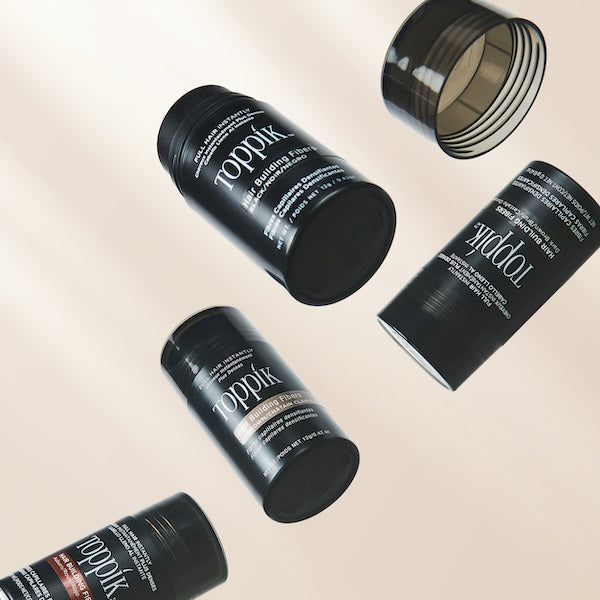
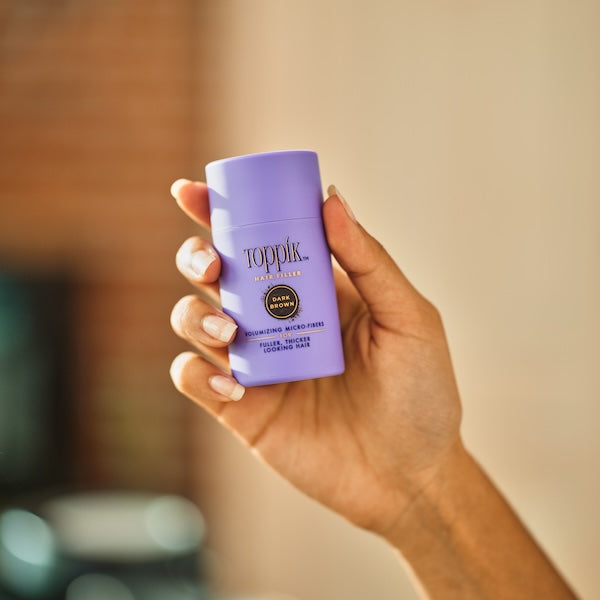
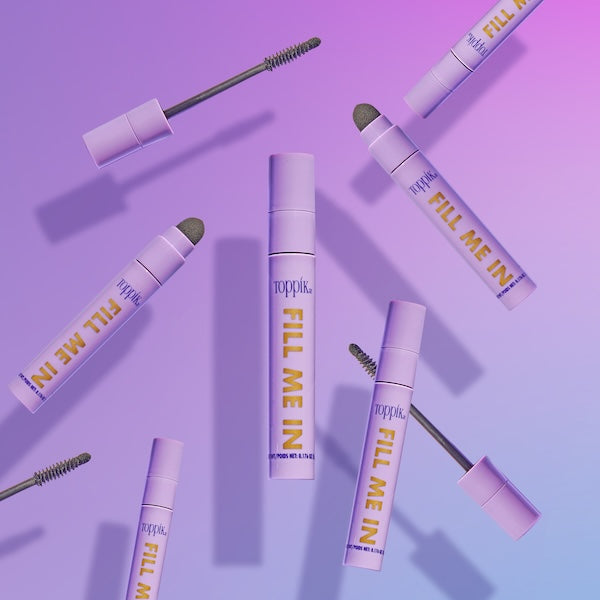
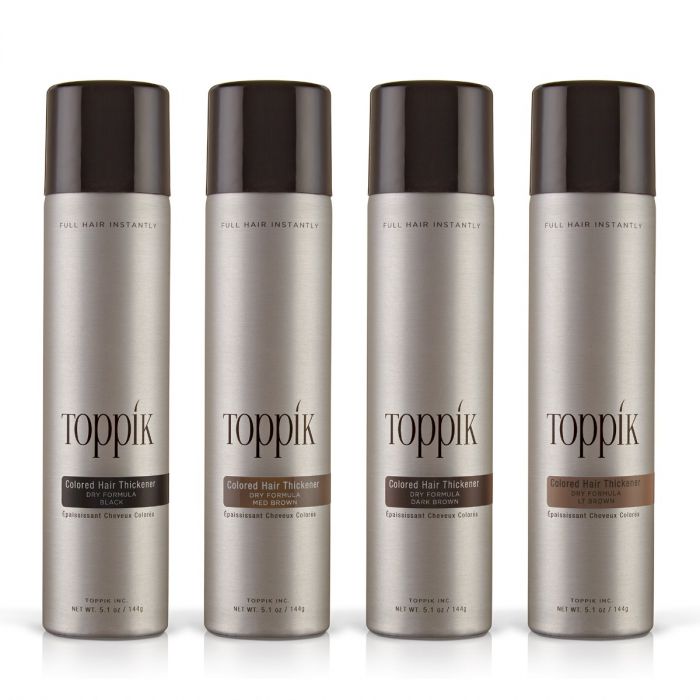
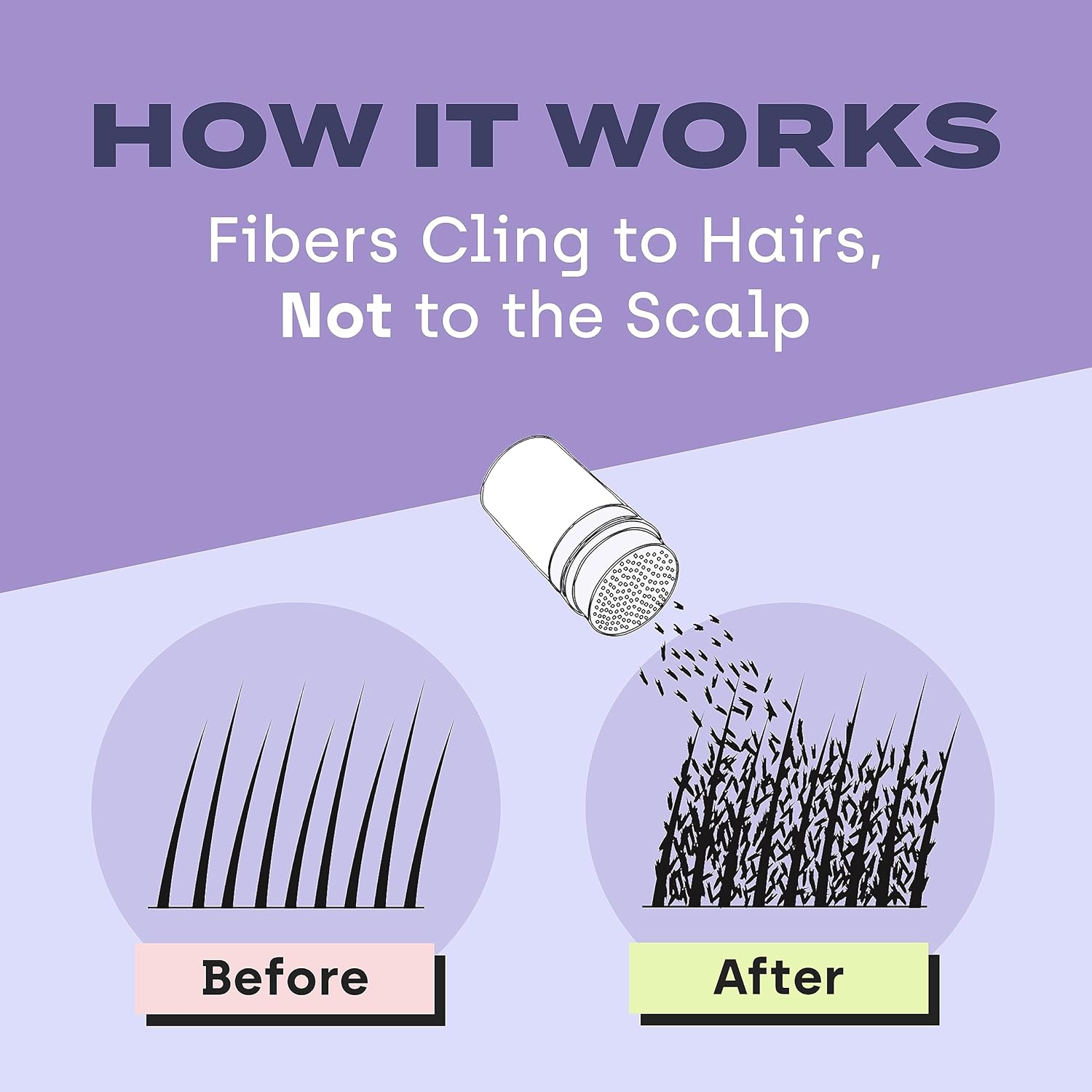
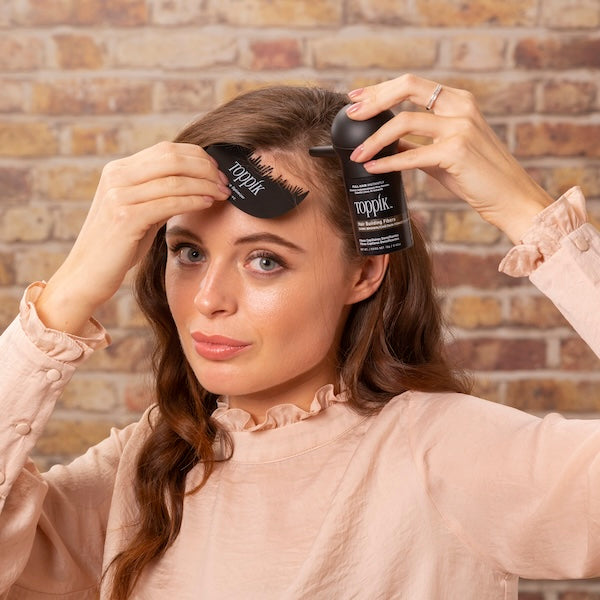

1 comment
Thank you for sharing Toppik products. I am going to purchase the line for my hair. I wear small box braids and I agree with everything you suggested. Thumbs up!